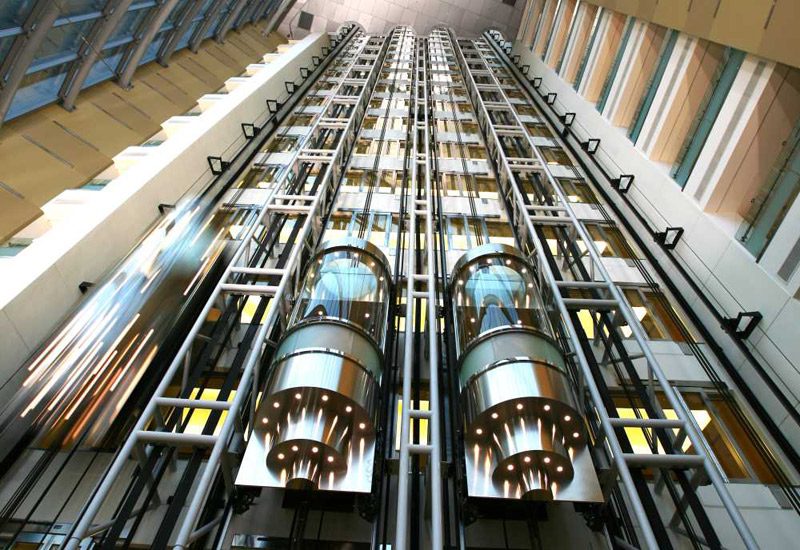Dubai is the city of superlatives – from skyscrapers and endless beaches to upscale eateries and recreational spots, there is really no parallel to the city when it comes to pushing the envelope. So, it comes as no surprise that the real estate market in Dubai is booming, thanks to a plethora of incentives and reforms introduced by the government; especially post Covid-19. But a picture-perfect home is more than its walls, and decor, it requires practical amenities to inspire convenience. This encompasses facilities such as lobby features, sitting areas, fitness zones, green spaces, and last but not least, elevators. A reputable Dubai elevator company is a prerequisite to ensure residents can easily access their units. On that note, let’s take a look at the key considerations for any developer when it comes to installing elevators in a property/project.
Understanding the Needs of the Property
The first step in selecting an elevator or escalator is to understand the specific needs of the property. For residential buildings, especially luxury homes, a home elevator may be a crucial addition, providing not only accessibility but also a touch of sophistication. In commercial projects, the volume of traffic and the type of users (e.g., shoppers, office workers, etc.) will dictate the type, size, and speed of the elevators and escalators required.
Developers should also consider future needs, such as potential increases in building occupancy or changes in usage patterns. This foresight ensures that the elevators and escalators remain adequate and efficient throughout the property’s lifecycle.
Compliance with Safety Standards
Safety is paramount when it comes to elevator and escalator installation. Developers must ensure that all systems meet local and international safety standards, including emergency braking systems, fire safety features, and user protection mechanisms. It’s essential to work with manufacturers and installers who are accredited and have a strong reputation for safety.
For home elevators, safety features such as childproof controls, emergency communication systems, and smooth ride technology are particularly important. These features ensure that all users, including the elderly and children, can use the elevators safely and comfortably.
Energy Efficiency and Environmental Impact
In today’s eco-conscious world, the energy efficiency of elevators and escalators is a significant consideration. Developers should look for systems that use advanced technologies to minimize energy consumption. Regenerative drives, for example, can convert the elevator’s kinetic energy into electricity, which can then be fed back into the building’s power grid.
Choosing energy-efficient elevators and escalators not only reduces the building’s carbon footprint but also lowers operating costs, making the property more attractive to potential buyers or tenants. In the case of home elevators, energy efficiency can also be a selling point, particularly for environmentally-conscious homeowners.
Customization and Aesthetic Integration
Elevators and escalators should not only function well but also complement the overall design of the property. Developers should consider the aesthetics of the elevator cabins, doors, and escalator balustrades, ensuring they match the architectural style and interior design of the building.
Customization options such as luxury finishes, panoramic glass cabins, and bespoke designs can add significant value, particularly in high-end residential projects. For home elevators, the ability to integrate seamlessly with the home’s design can turn a functional necessity into a luxurious feature.
Maintenance and Service Support
Regular maintenance is crucial to ensuring the longevity and reliability of elevators and escalators. Developers should choose systems that are not only durable but also easy to maintain. It’s important to partner with suppliers who offer comprehensive maintenance and service packages, including regular inspections, quick-response repair services, and access to replacement parts.
In addition to regular maintenance, developers should also consider the ease of accessing service support.
Accessibility and User Experience
Elevators and escalators should be designed with all users in mind, including those with disabilities. Developers must ensure that these systems comply with accessibility standards, such as the inclusion of braille buttons, voice announcements, and wide doors for wheelchair access.
In residential buildings, especially those catering to older residents or people with mobility issues, a home elevator can be a game-changer, offering the independence and accessibility that stairs simply cannot provide.
Conclusion
Incorporating elevators and escalators into a property development project requires careful consideration of various factors, from safety and energy efficiency to customization and maintenance. By prioritizing these aspects, developers can ensure that these essential systems enhance the overall value, functionality, and appeal of the property. Whether it’s the convenience of a home elevator or the efficiency escalators in commercial buildings, the right choices can significantly impact the success of the development.






